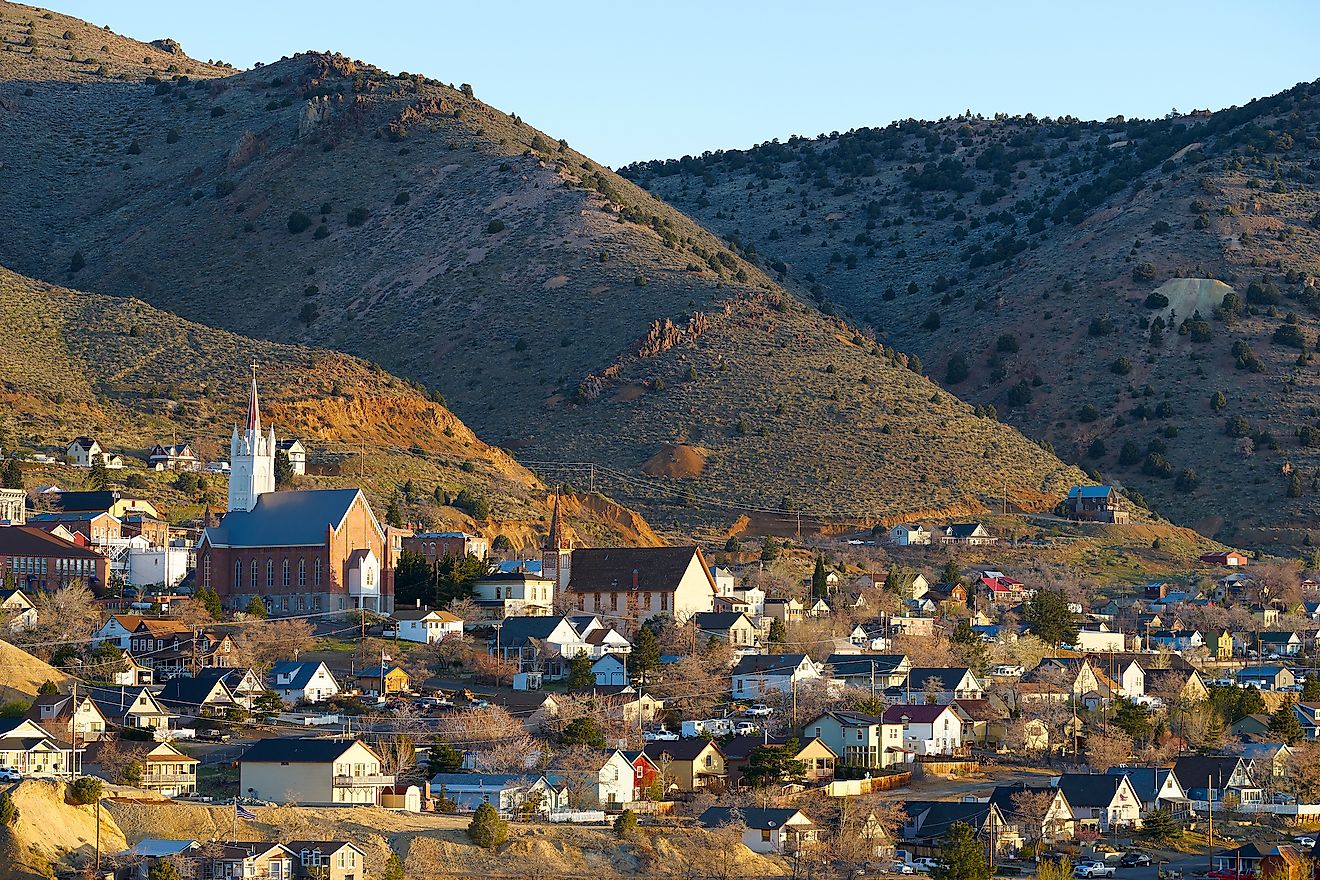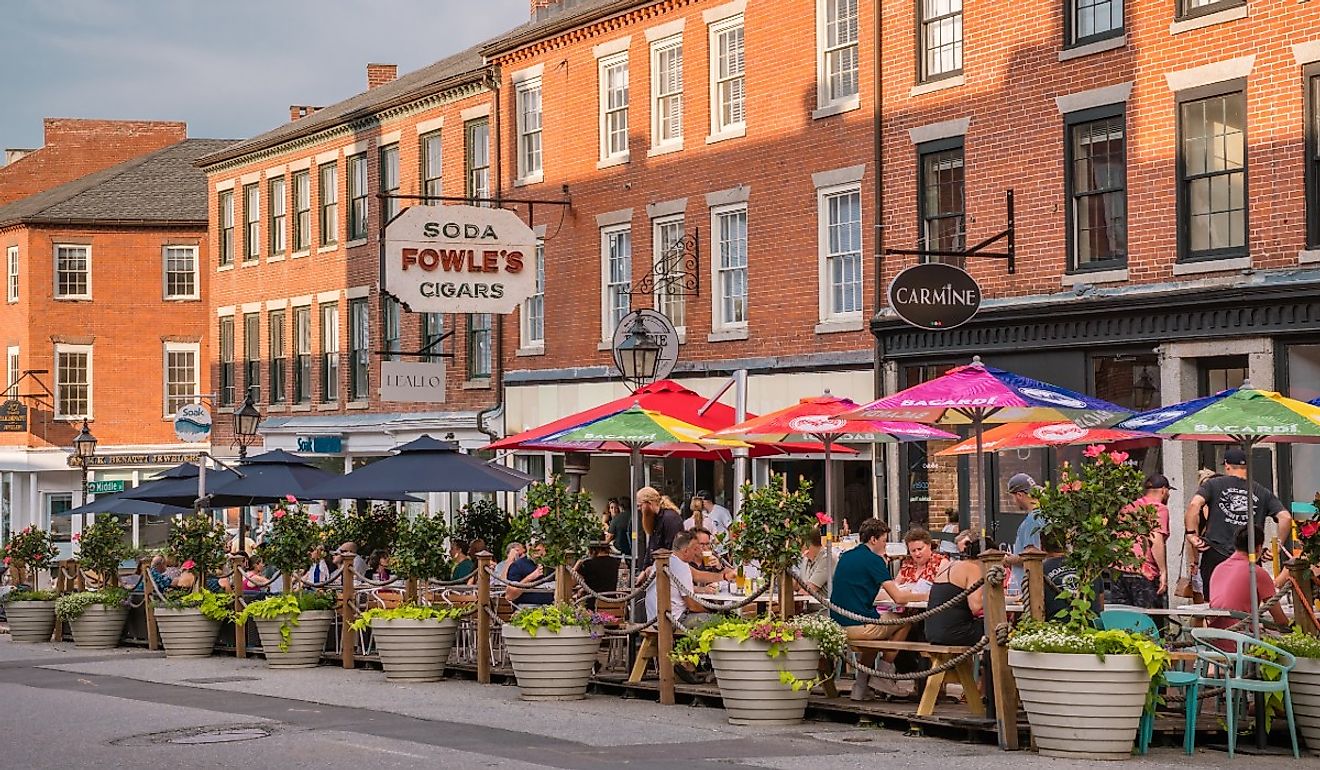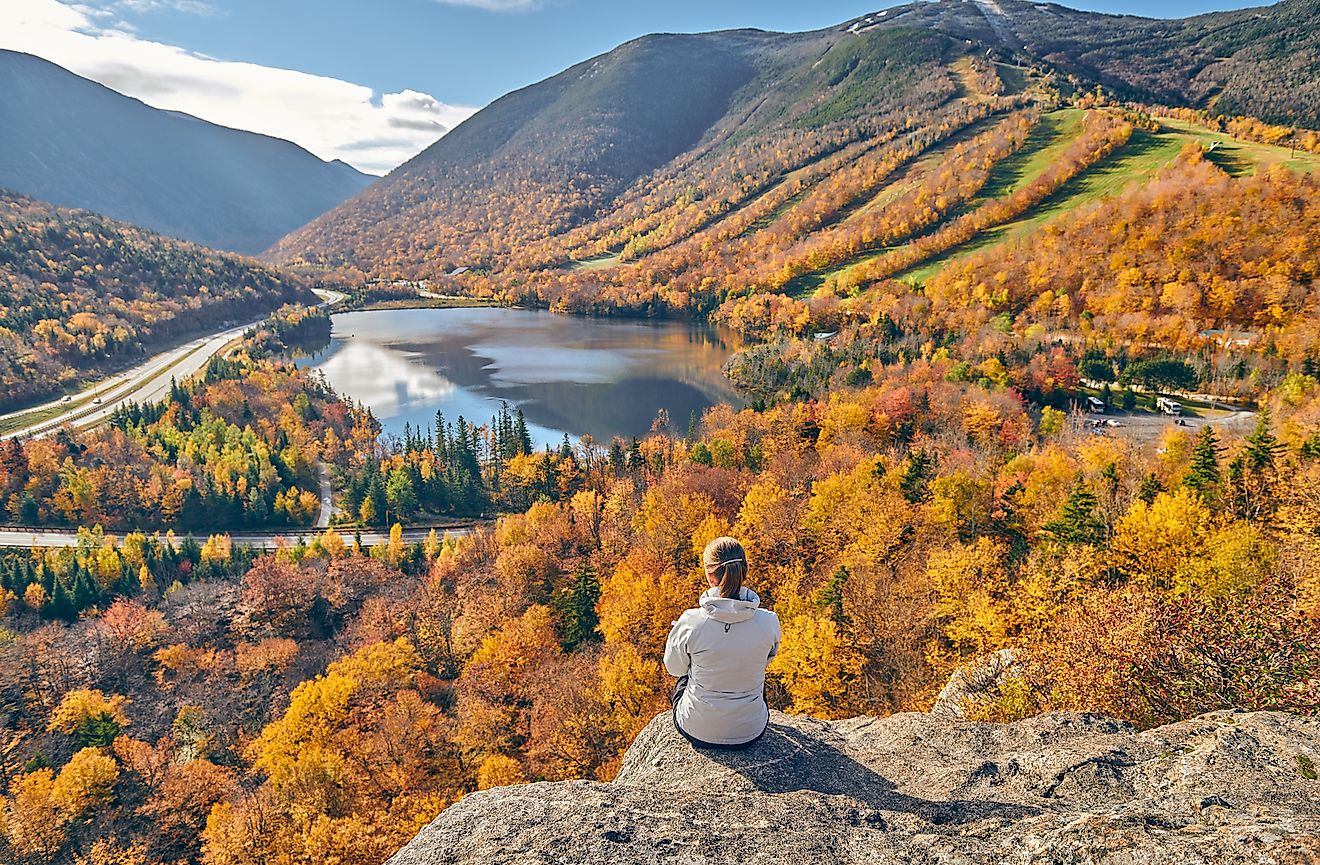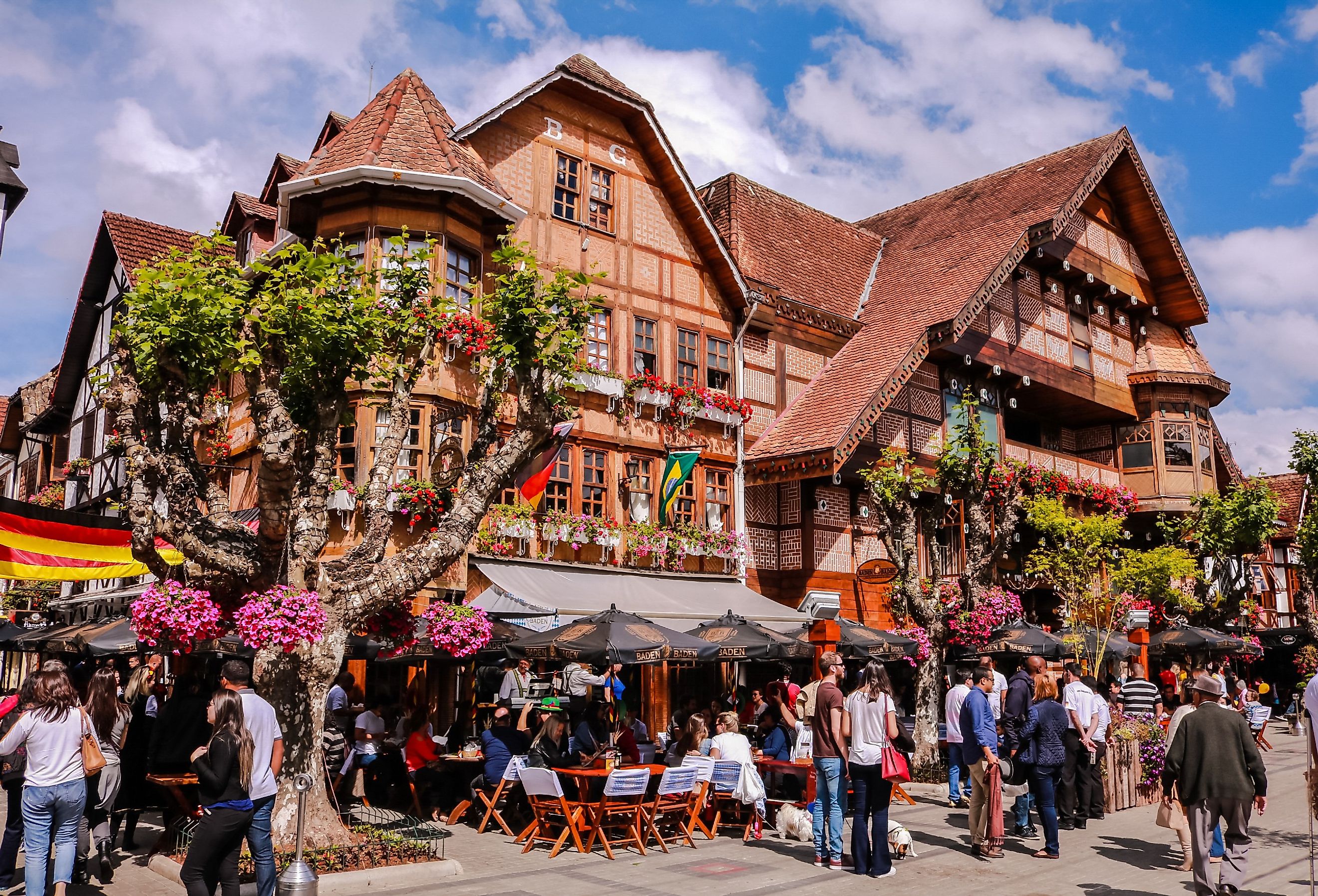
8 Most Welcoming Small Towns in Brazil
Brazil, the largest country in South America, is known for its culture, landscapes, and history. With a vast territory that encompasses the Amazon Rainforest, Atlantic coastline, and numerous mountain ranges, Brazil offers an array of travel experiences. Beyond the well-known cities like Rio de Janeiro and São Paulo, there are many smaller towns that showcase the country’s welcoming spirit and heritage. These towns often retain much of their traditional architecture, cultural practices, and a slower pace of life, making them inviting destinations for those looking to explore Brazil's lesser-known gems. For a truly memorable time in Brazil, check out these eight towns.
Paraty
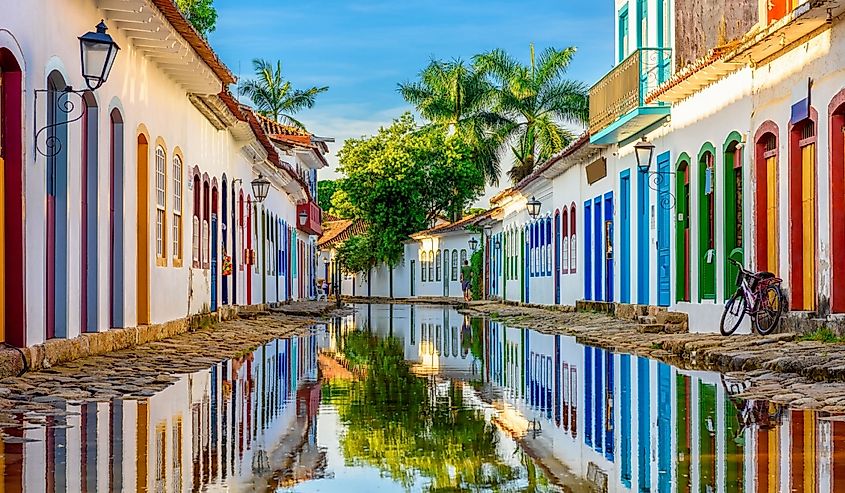
Paraty, established in 1667 in the state of Rio de Janeiro, played a key role in Brazil's colonial economy as a major port for gold exportation to Portugal. The town's significance grew with the Caminho do Ouro (Gold Trail), a historic route that facilitated the movement of gold from Minas Gerais to Paraty’s port. This historic pathway and the town’s well-preserved Portuguese colonial architecture, including the cobbled streets and churches, set Paraty apart as a living museum of Brazil’s colonial era. Today, Paraty's welcoming nature is reflected in its blend of cultural heritage and the natural surroundings of the Atlantic Forest and the Bay of Paraty, fostering a community that values both preservation and hospitality.
The Historic Center of Paraty is a UNESCO World Heritage site in Brazil, known for its distinctive colonial buildings, many of which have been converted into museums, galleries, and shops. Forte Defensor Perpétuo, built in 1703, offers insights into the town's strategic military history and has panoramic views of the bay. Nature enthusiasts can take a boat tour of the Saco do Mamanguá, Brazil’s only tropical fjord, which is surrounded by mangroves and mountains. It is a unique ecosystem for exploration.
Pirenopolis
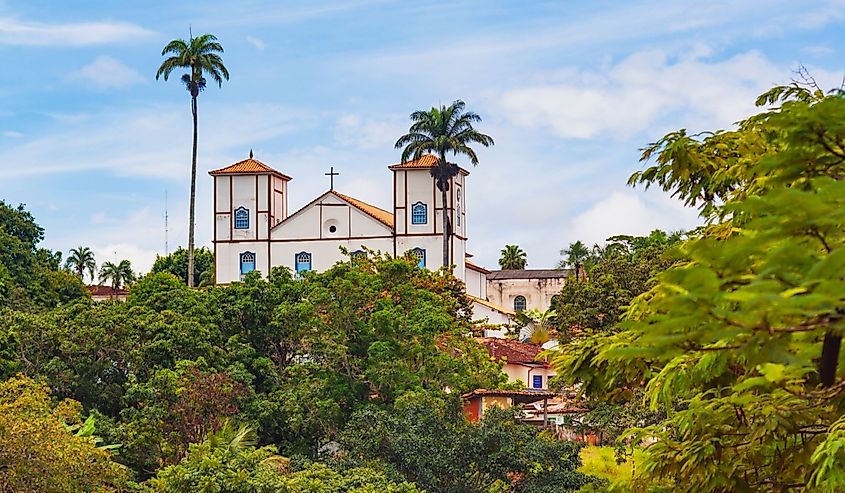
Founded in 1727 during the Brazilian Gold Rush, Pirenópolis in Goiás emerged as an important mining hub. The town is also notable for its colonial architecture, including the Church of Our Lady of the Rosary, constructed in 1728. This church, the oldest in Goiás, exemplifies the town's historical significance. Pirenópolis is also renowned for its cultural traditions, such as the Cavalhadas festival, which reenacts the medieval battles between Moors and Christians. It shows the town's commitment to preserving its cultural heritage and welcoming visitors to partake in these traditions.
Cachoeira do Abade is a private natural reserve in Pirenópolis, home to a series of waterfalls and pools. It gives visitors a chance to experience the region’s biodiversity. The Church of Our Lady of the Rosary, made from locally sourced stone and wood, evidences the town's colonial architecture and houses religious artifacts that date back to the 18th century. For those interested in geology and hiking, Serra dos Pireneus has trails that lead to the peak of Pico dos Pireneus, which rewards hikers with panoramic views.
Lençóis
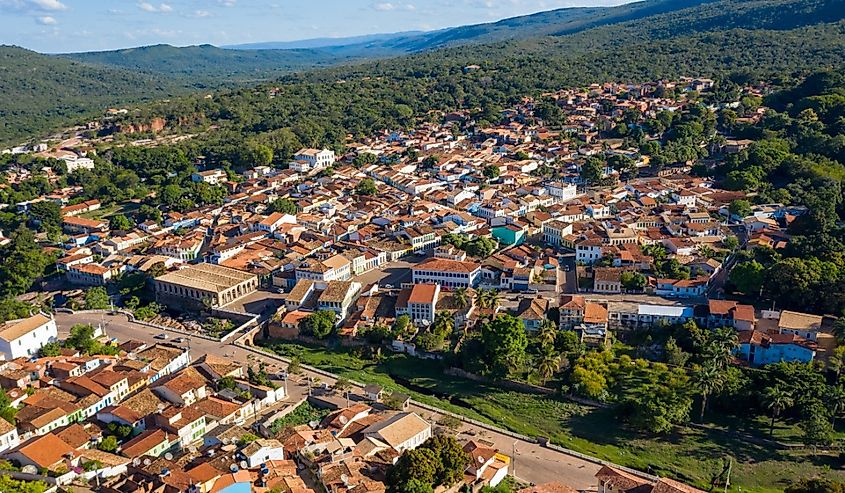
Lençóis, founded in 1844 during the diamond rush in Bahia, quickly became a spot for prospectors seeking fortune in the Chapada Diamantina region. The town’s historical significance lies in its architecture. Indeed, its 19th-century houses and cobblestone streets reflect its prosperous past. Lençóis' transformation from a mining town to a center for eco-tourism shows its adaptability and commitment to sustainability. Its proximity to Chapada Diamantina National Park, a protected area known for its biodiversity, waterfalls, and caves, makes it a welcoming destination for nature enthusiasts and conservationists.
Key attractions in Lençóis include Ribeirão do Meio, a natural rock slide and swimming area, located about 30 minutes on foot from the town center. This natural formation is a popular spot for visitors and locals. Cachoeira da Fumaça, standing at 340 meters, is one of the tallest waterfalls in Brazil, accessible via a challenging 6-kilometer hiking trail that gives trekkers a view of the waterfall and the surrounding valleys. The Gruta da Lapa Doce is part of a larger cave system with accessible trails that lead through underground chambers, where visitors can observe stalactites and stalagmites formed over thousands of years.
Campos do Jordão
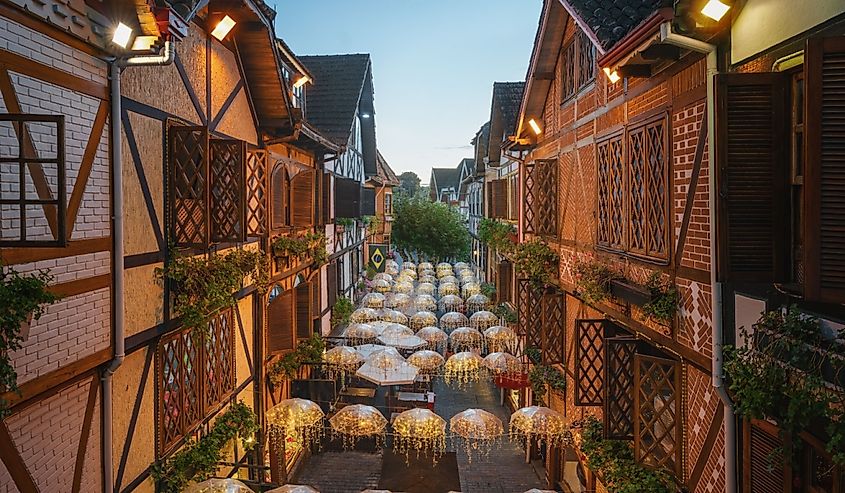
Campos do Jordão, located in the state of São Paulo, was established in the 19th century as a health resort due to its high altitude and cool climate. By the early 20th century, it had gained popularity as a retreat for those seeking relief from the summer heat and a place for patients with respiratory conditions. What sets Campos do Jordão apart is its distinct European architectural influence, often earning it the nickname "Brazilian Switzerland." This Alpine-style town attracts visitors year-round, particularly during the winter festival in July when the town becomes a hub of cultural activities, concerts, and gastronomy.
Horto Florestal (State Park), established in 1941, spans over 8,000 hectares of preserved Atlantic Forest and features hiking trails, picnic areas, and a range of native flora and fauna. The Amantikir Gardens, inspired by various international garden styles, is a diverse botanical experience with over 700 Brazilian plant species spread across 60,000 square meters. Finally, Morro do Elefante, accessible by cable car or road, has panoramic views of the town and surrounding Serra da Mantiqueira mountain range.
São Miguel dos Milagres
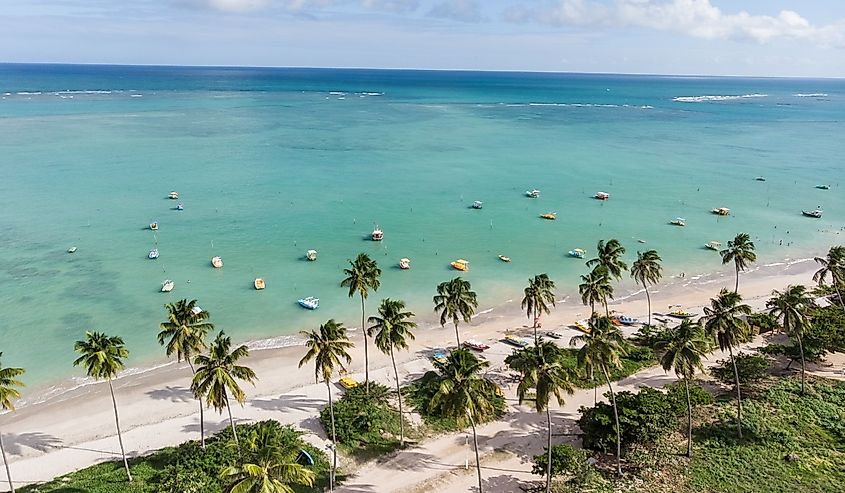
São Miguel dos Milagres, a small town on the northern coast of Alagoas, is known for its beaches and tranquil environment. Unlike many coastal destinations in Brazil, São Miguel dos Milagres has remained relatively untouched by mass tourism, which has preserved its nature and local culture. The area is part of the Coral Coast, home to one of the largest coral reefs in Brazil, so it is a prime spot for snorkeling. The welcoming nature of São Miguel dos Milagres is evident in the town’s small-scale, family-run accommodations and community-focused tourism efforts.
Among the attractions in São Miguel dos Milagres, the beach of Praia do Toque is a place for visitors to enjoy warm, clear waters and explore the coral reefs at low tide. Foz do Rio Tatuamunha, a protected area, has guided boat tours to observe the native manatee population, part of a conservation program aimed at protecting these endangered marine mammals. The Rota Ecológica, or Ecological Route, is a coastal road that connects a series of small, lesser-known beaches and fishing villages.
Gramado
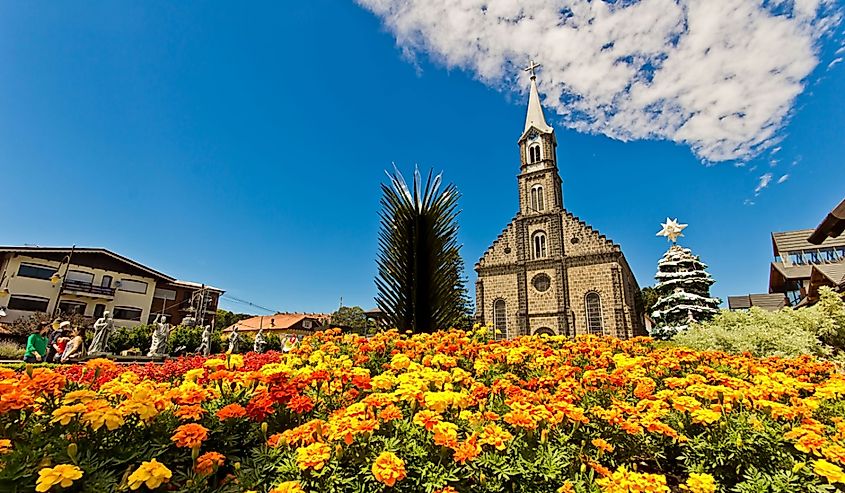
Founded in 1875 by German and Italian immigrants, Gramado in Rio Grande do Sul is recognized for its European architectural influence and well-preserved traditions. The town’s development as a tourist destination began in the mid-20th century with the establishment of parks, museums, and festivals. Gramado is known for its cultural events, such as the annual Festival de Cinema de Gramado, one of the most significant film festivals in Brazil. Its blend of European-style buildings, seasonal decorations, and culinary offerings make it a welcoming destination that feels distinctively different from other Brazilian towns.
Key attractions in Gramado include the Mini Mundo, a miniature park created in the 1980s. It has meticulously crafted replicas of world-famous buildings and landmarks. Lago Negro, an artificial lake surrounded by pine trees brought from the Black Forest in Germany, is great for paddle boating and also has scenic walking paths. Another local gem is the Rua Coberta, a covered street lined with cafes, restaurants, and shops. It is a cozy spot for visitors to enjoy Gramado's culinary offerings and artisanal goods, especially during the town's festivals and events.
Pipa
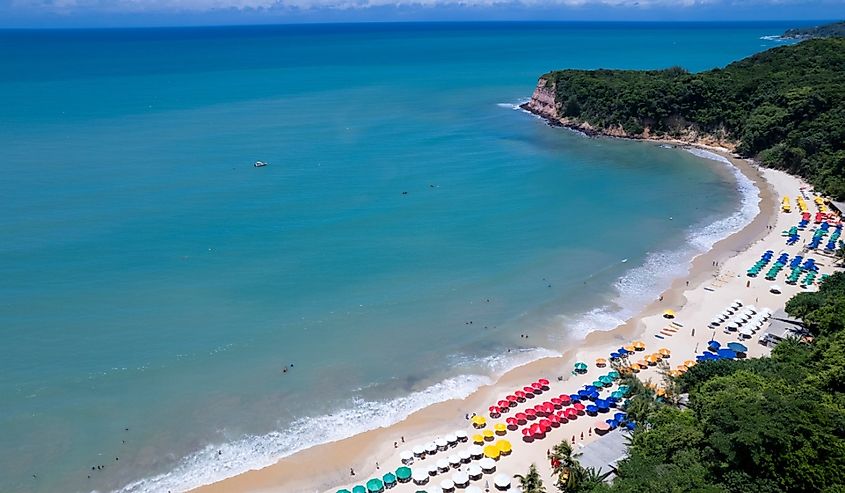
Pipa, located in the state of Rio Grande do Norte, was originally a quiet fishing village that gained recognition in the 1970s when surfers and backpackers discovered its beaches and waves. Its name, derived from the Portuguese word for "keg," comes from a rock formation along the coast that resembled a barrel to the early Portuguese explorers. Pipa stands out for its diverse landscape, combining cliffs, sands, and Atlantic Forest, which draws a varied crowd of surfers, nature lovers, and families. Its welcoming atmosphere is enhanced by the town's laid-back vibe, a mix of local and international influences, and a community that is open and accommodating.
Praia do Amor (Love Beach) is known for its heart-shaped bay visible from the cliffs above, a popular spot for surfers due to its consistent waves, and a favorite for sunbathers who appreciate the scenery. Baía dos Golfinhos (Dolphin Bay) is an ideal place to see dolphins swimming close to shore in their natural habitat, especially during the early morning or late afternoon hours. Santuário Ecológico de Pipa, a private reserve with several hiking trails, lets visitors explore the coastal forest to observe local wildlife, including monkeys and a variety of bird species.
Canela
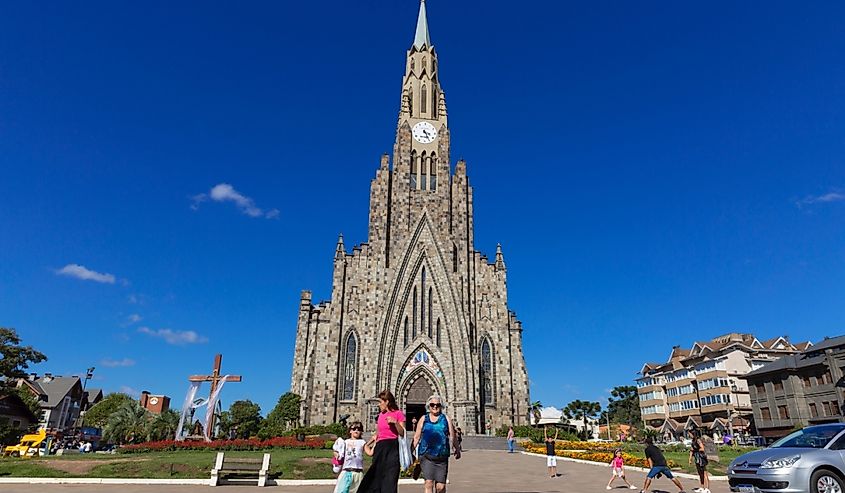
Canela, situated in the Serra Gaúcha region of Rio Grande do Sul, was established in the late 19th century by German and Italian immigrants. The town developed alongside its neighbor Gramado and shares a similar European architectural influence, which is evident in its timber-framed buildings and alpine-style streets. Canela distinguishes itself through its focus on natural attractions and outdoor activities. The town has cultivated a reputation for its beautiful parks, waterfalls, and eco-friendly tourism, making it a welcoming destination for nature enthusiasts and those seeking a peaceful retreat in a scenic setting.
Visitors to Canela have several notable attractions to explore. Catedral de Pedra (Stone Cathedral), a neo-Gothic structure completed in 1987, is known for its facade and stained-glass windows. Parque do Caracol is home to Caracol Waterfall, a 131-meter-high cascade that can be viewed from an observation tower or via a staircase that descends to the base of the falls. Alpen Park provides outdoor adventure activities like zip-lining, alpine sledding, and a 4D cinema, blending natural scenery with family-friendly entertainment options.
Exploring Brazil's smaller towns provides an intimate look at the country. For instance, Paraty is a blend of colonial history and coastal charm, where visitors can wander through cobblestone streets that speak of a rich past tied to the gold trade. Pirenópolis showcases the legacy of the Brazilian Gold Rush, with its preserved colonial architecture and cultural traditions like the Cavalhadas festival, all set against a backdrop of waterfalls and mountainous landscapes. Meanwhile, Lençóis stands as a gateway to the Chapada Diamantina region, where the transition from a mining town to an eco-tourism hub reflects a commitment to sustainability and nature conservation. Each of these destinations illustrates the welcoming nature of Brazil's smaller towns—they have warm atmospheres and enriching experiences for travelers.




